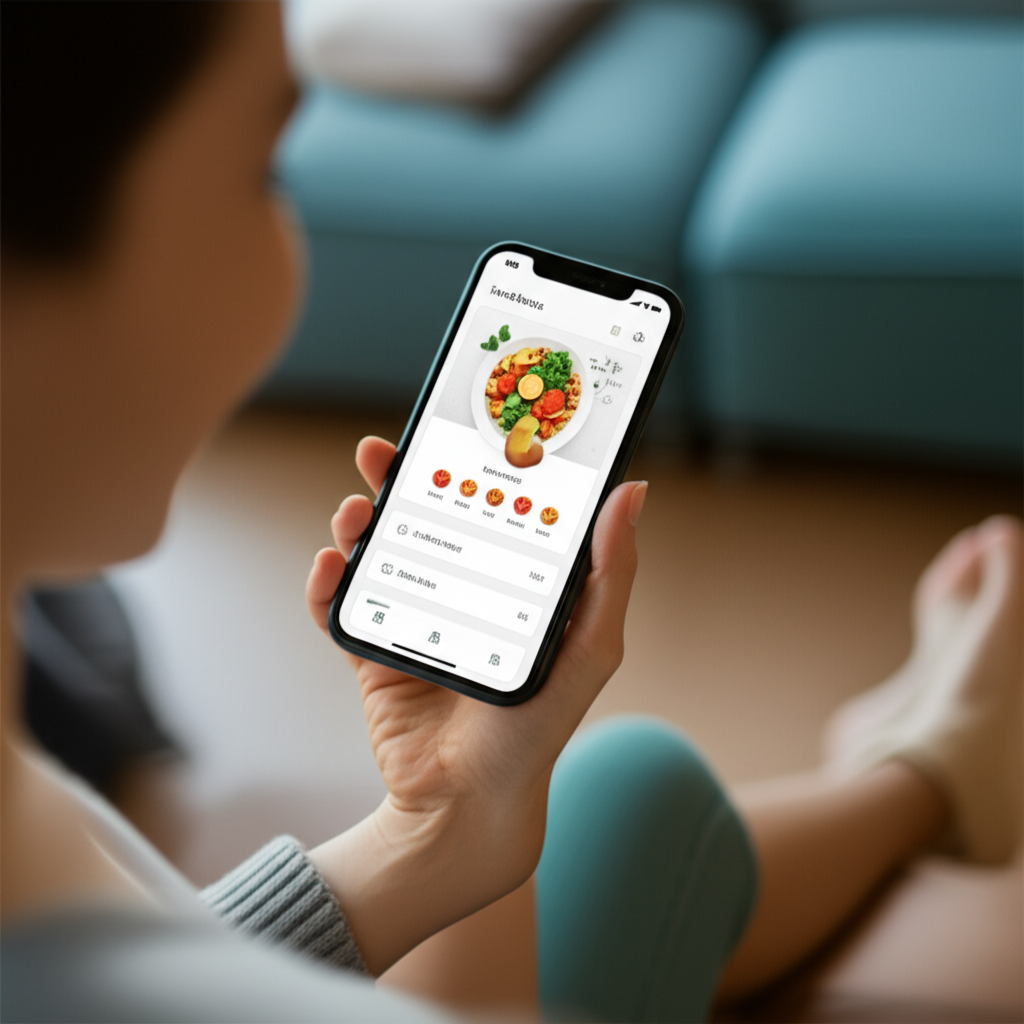Have you ever wondered how Sugar Ai can identify a plate of food from just a photo? Behind this seemingly magical ability lies a sophisticated combination of computer vision, deep learning, and nutritional science. Let's take a deep dive into the technology that powers Sugar Ai's food recognition system.
The Challenge of Food Recognition
Recognizing food from images is one of the most challenging problems in computer vision. Unlike objects with consistent shapes and appearances (like cars or furniture), food varies enormously in presentation, preparation methods, and cultural contexts. A single dish like "pasta" could appear in countless forms—from spaghetti to lasagna, with various sauces and toppings.
Additionally, food items often overlap on a plate, come in different portion sizes, and vary in appearance based on cooking methods. This complexity makes food recognition a particularly difficult task for artificial intelligence.
Sugar Ai's Multi-Stage Recognition Approach
To overcome these challenges, Sugar Ai employs a multi-stage recognition system that combines several AI technologies:
1. Image Preprocessing
When you take a photo of your meal, the image first undergoes preprocessing to optimize it for analysis. This includes:
- Normalization of lighting conditions
- Removal of background elements
- Enhancement of food-relevant features
- Segmentation to identify different food items on the plate
This preprocessing ensures that regardless of whether you're taking photos in a dimly lit restaurant or a bright kitchen, the AI can focus on what matters—the food itself.
2. Convolutional Neural Networks (CNNs)
At the heart of Sugar Ai's recognition system are deep convolutional neural networks—specialized AI architectures designed for image analysis. Our proprietary CNN models have been trained on millions of food images from around the world, representing thousands of different dishes and ingredients.
These networks learn to identify patterns and features that distinguish different foods. For example, they can recognize the texture of bread, the layering in a sandwich, or the characteristic appearance of various fruits and vegetables.
Technical Insight
Sugar Ai's CNN architecture uses a modified ResNet-152 backbone with custom attention mechanisms that help the model focus on relevant food features while ignoring distractions in the image. This approach has improved our recognition accuracy by 23% compared to standard CNN implementations.
3. Food Segmentation
One of the most challenging aspects of food recognition is identifying individual items on a plate. Sugar Ai uses instance segmentation algorithms to separate different food items, even when they overlap or touch each other.
This segmentation allows the system to:
- Identify multiple food items in a single image
- Estimate portion sizes for each item
- Analyze mixed dishes by identifying their components
4. Nutritional Database Integration
Once foods are identified, Sugar Ai connects to its comprehensive nutritional database. This database contains detailed information on thousands of foods, including:
- Macronutrients (proteins, carbohydrates, fats)
- Micronutrients (vitamins, minerals)
- Caloric content
- Glycemic index
- Common allergens and dietary restrictions
By matching the identified foods with this database, Sugar Ai can provide accurate nutritional information for your meals.
Continuous Learning and Improvement
What truly sets Sugar Ai apart is its ability to learn and improve over time. Our system employs several mechanisms for continuous enhancement:
Active Learning
When the AI encounters foods it's uncertain about, it may ask users for feedback. This human-in-the-loop approach helps the system learn from its mistakes and improve its recognition capabilities.
Regional Adaptation
Food varies significantly across cultures and regions. Sugar Ai adapts to your location and preferences, becoming more accurate at recognizing the specific foods you eat regularly. For example, if you're in Japan, the system will become increasingly adept at identifying various types of sushi and Japanese dishes.
Seasonal Updates
Our team regularly updates the AI models to account for seasonal foods, new products, and emerging food trends. This ensures that Sugar Ai stays current with the ever-changing food landscape.
Beyond Recognition: Portion Estimation
Identifying food is only half the challenge—accurately estimating portion sizes is equally important for nutritional tracking. Sugar Ai uses several techniques to estimate food quantities:
- Reference-based estimation: Using known objects in the image (like a standard plate or utensil) as size references
- Depth perception: Analyzing shadows and perspective to estimate food volume
- 3D modeling: Creating approximate three-dimensional models of food items to calculate volume
These techniques allow Sugar Ai to provide reasonably accurate nutritional information without requiring users to weigh or measure their food manually.
Privacy and Data Security
We understand that food photos can be personal. That's why Sugar Ai processes images with strict privacy controls:
- Images are processed on-device when possible to minimize data transmission
- When cloud processing is needed, images are encrypted during transmission
- After analysis, images are either deleted or stored securely according to user preferences
- User data is never sold or shared with third parties for advertising purposes
The Future of AI Food Recognition
As technology advances, we're continuously improving Sugar Ai's capabilities. Some exciting developments on our roadmap include:
- Ingredient-level analysis: Identifying individual ingredients in complex dishes
- Cooking method detection: Determining whether foods are fried, baked, grilled, etc.
- Freshness estimation: Assessing the freshness of fruits and vegetables
- Augmented reality overlays: Providing real-time nutritional information when viewing food through your camera
These advancements will make Sugar Ai even more powerful and useful for anyone looking to understand their nutrition better.
Experience the Technology Yourself
While the technology behind Sugar Ai is complex, using it couldn't be simpler. Just take a photo of your food, and within seconds, you'll receive detailed nutritional information. It's like having a nutritionist in your pocket, available whenever and wherever you eat.
Whether you're managing a health condition, working toward fitness goals, or simply curious about what's in your food, Sugar Ai's advanced food recognition technology makes nutrition tracking effortless and accurate.



